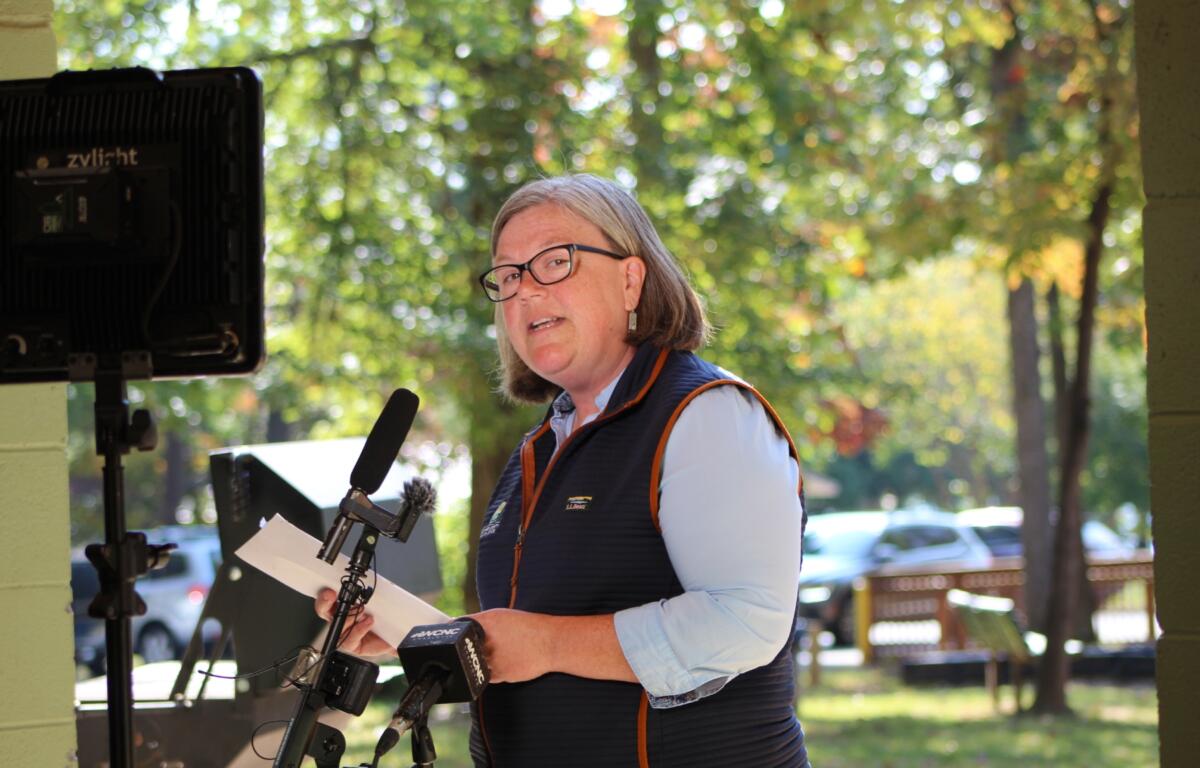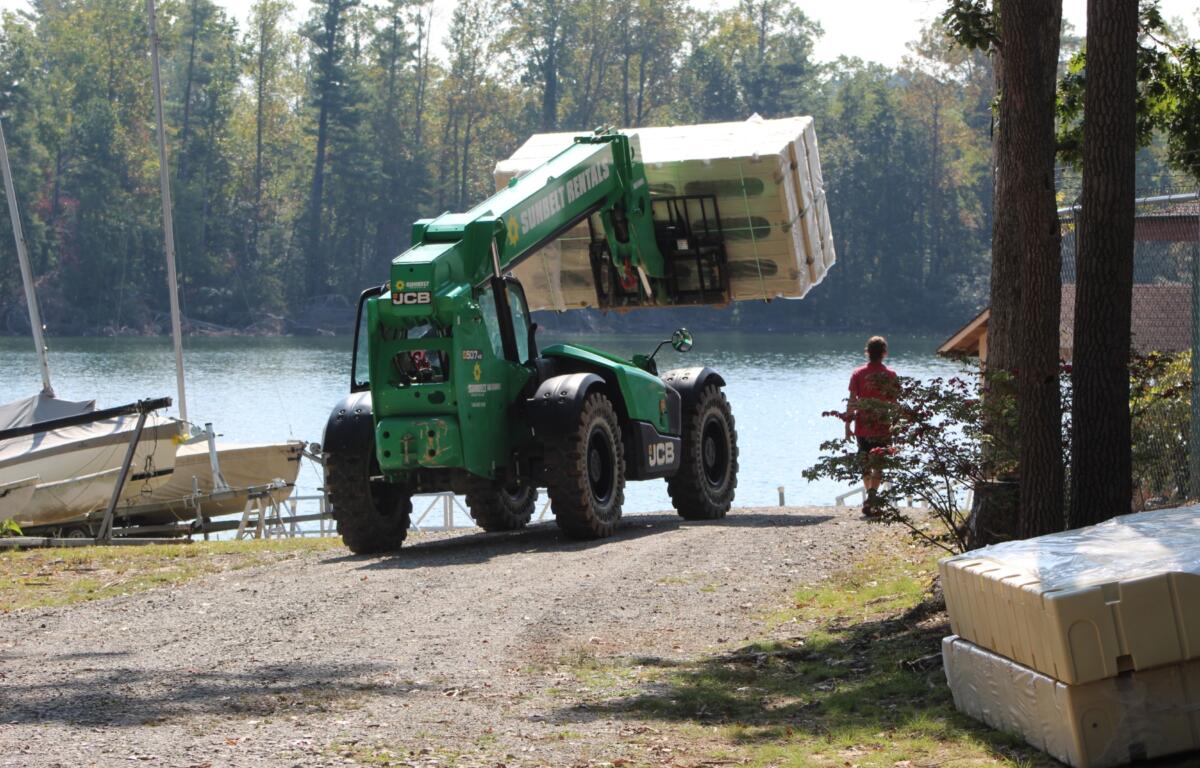ARDEN, N.C. (828newsNOW) — Buncombe County is relaunching its long-term master planning process for parks and recreation, nearly a year after Tropical Storm Helene caused widespread damage to local facilities.
The comprehensive effort combines three separate plans: an updated parks and recreation master plan to replace the county’s 2008 version, a new greenways and trails plan to replace the 2012 framework and the county’s first open space plan focused on conserving undeveloped land.
“The storm shifted our priorities,” Parks and Recreation Director Allison Dains said during a briefing Monday at Lake Julian. “Resiliency is now at the core of how we design future parks, trails and open spaces.”
The planning process, which began in early 2024, was paused after Helene devastated neighborhoods, parks and greenways. County officials say the new plans will provide a strategic framework for sustainable growth, align with community needs and make projects more competitive for funding.

Public engagement is central to the process, Dains said. A new four-question survey is open through Friday, Sept. 26. A draft plan will be released this winter for public review before going to the Buncombe County Board of Commissioners.
Meanwhile, county parks are in various stages of recovery. Six of seven river parks have reopened, though Alexander River Park remains closed because of erosion and Charles D. Owen Park remains shuttered after being heavily damaged by the Swannanoa River. Karpen Field is closed while engineers assess flood impacts, and portions of Cane Creek Park are under repair. A multi-million dollar rebuild of Owen Park is expected to take years.
The county also announced it has secured a $4.4 million federal grant to purchase the 342-acre Deaverview Mountain property near Asheville. Officials plan to conserve most of the land while creating a new public park with trails, scenic overlooks and passive recreation opportunities.
Dains said the storm underscored the emotional importance of public green space.
“Parks are about more than facilities,” she said. “They mean connection, physical health, emotional health and community resiliency.”


